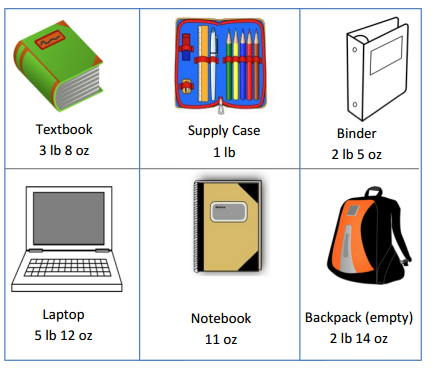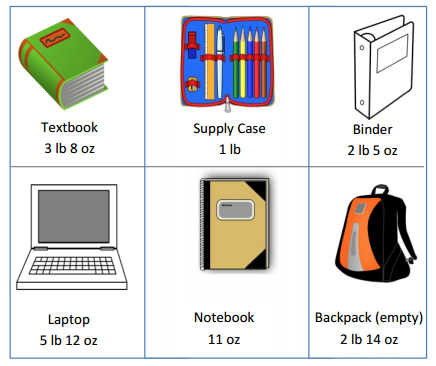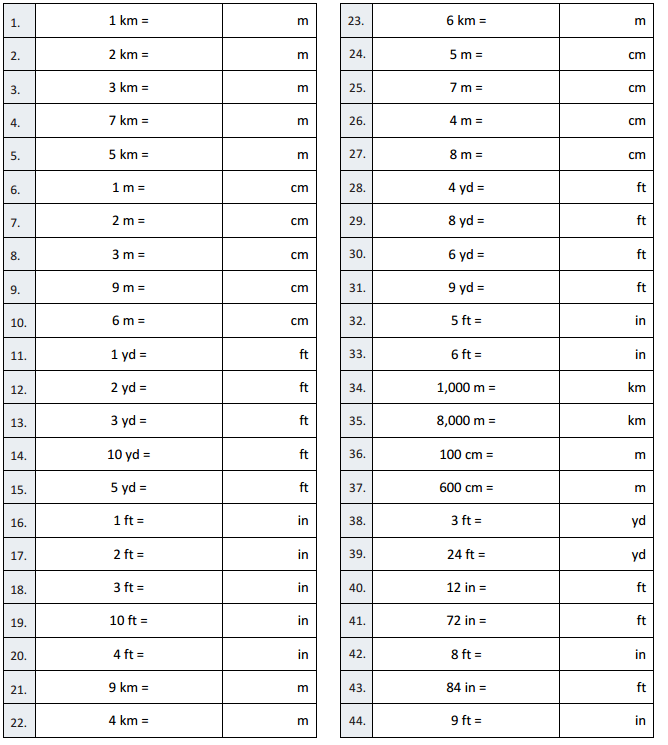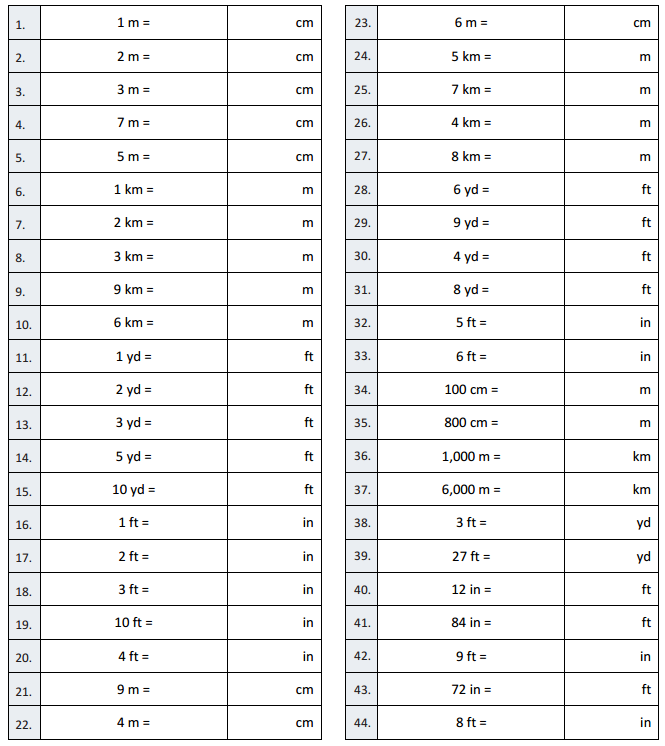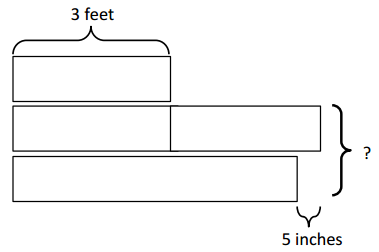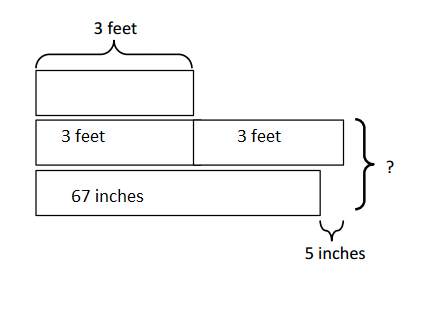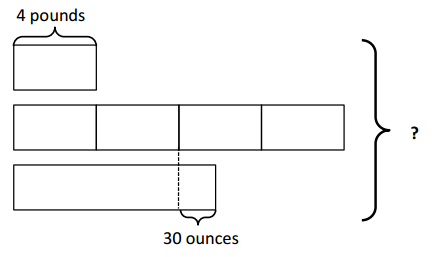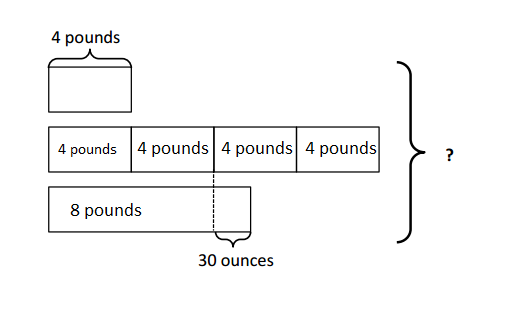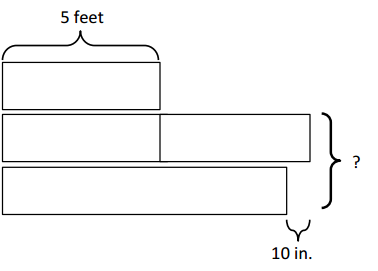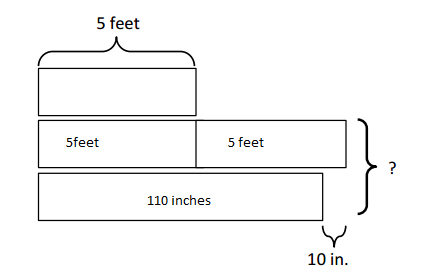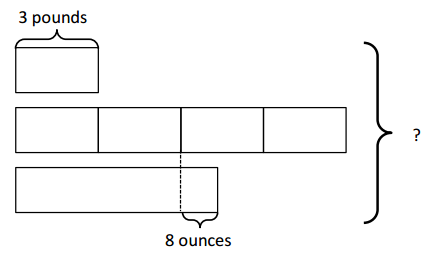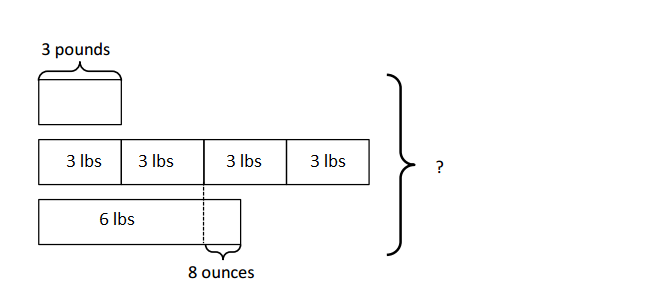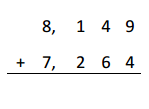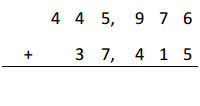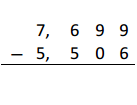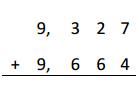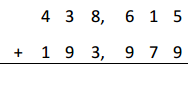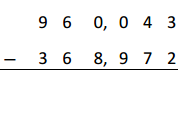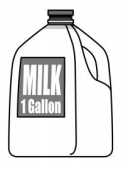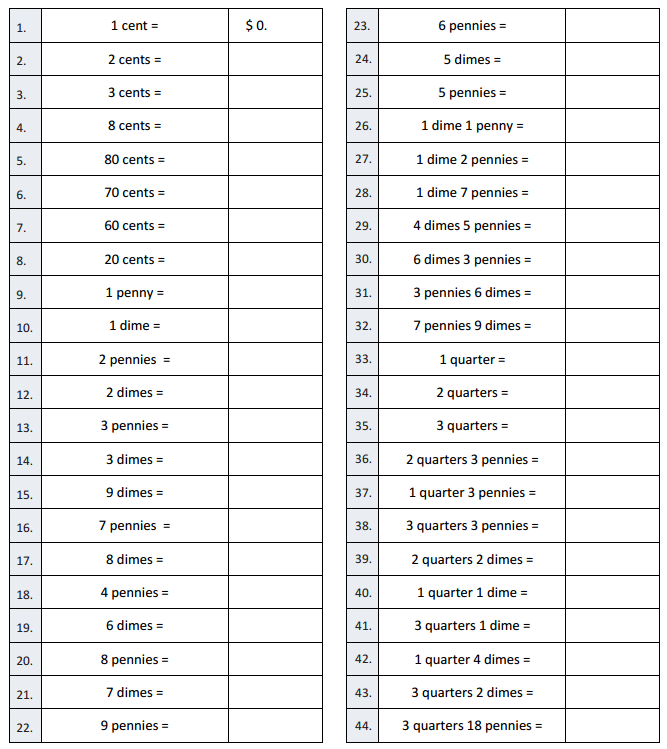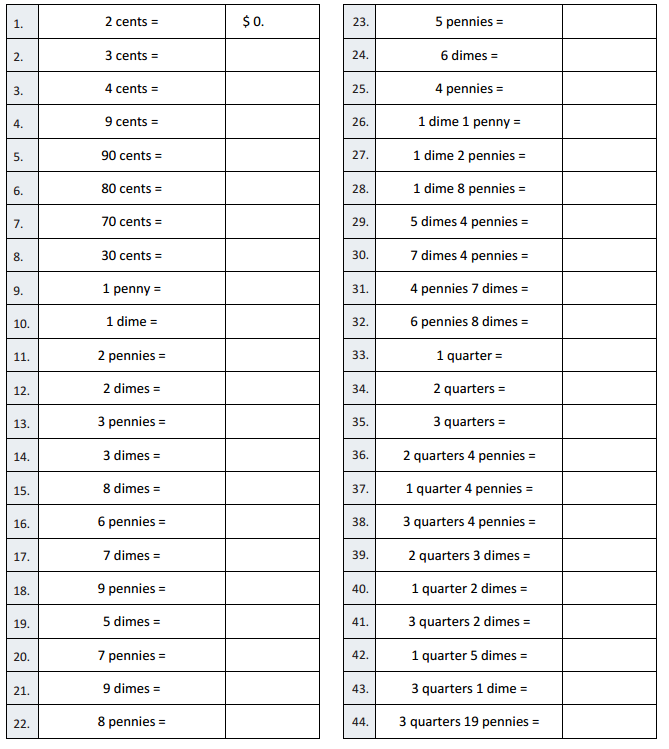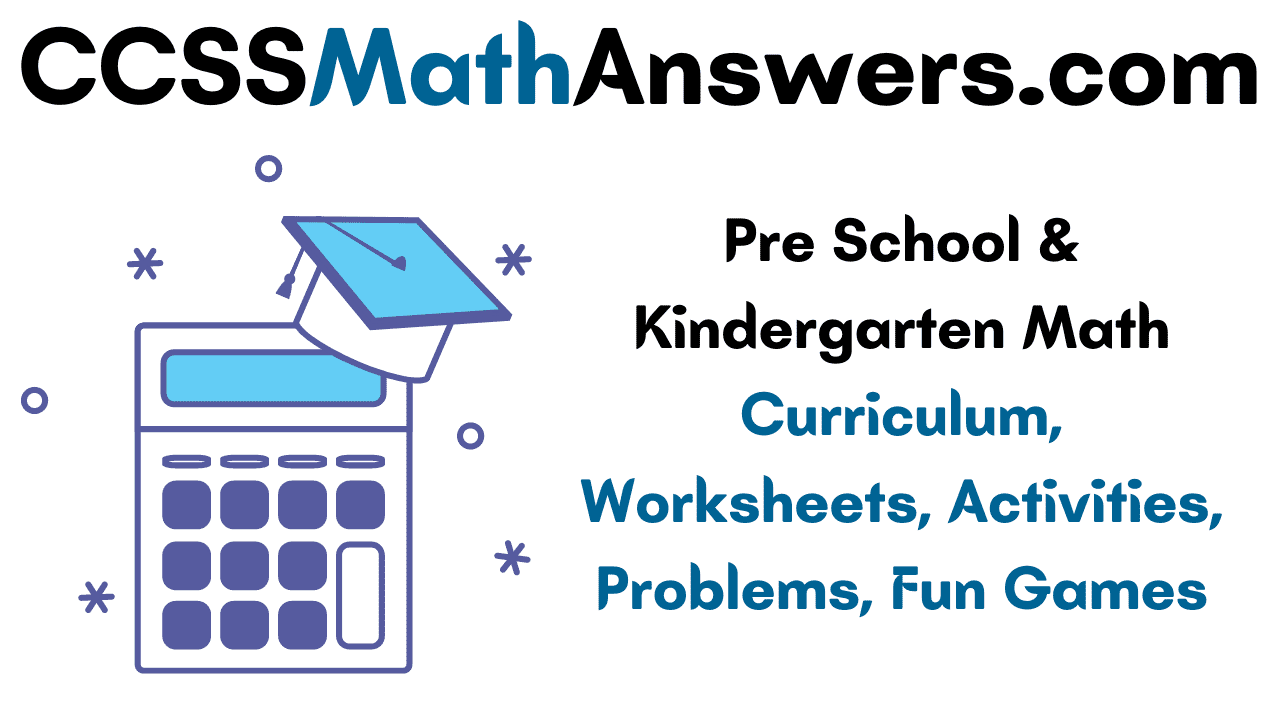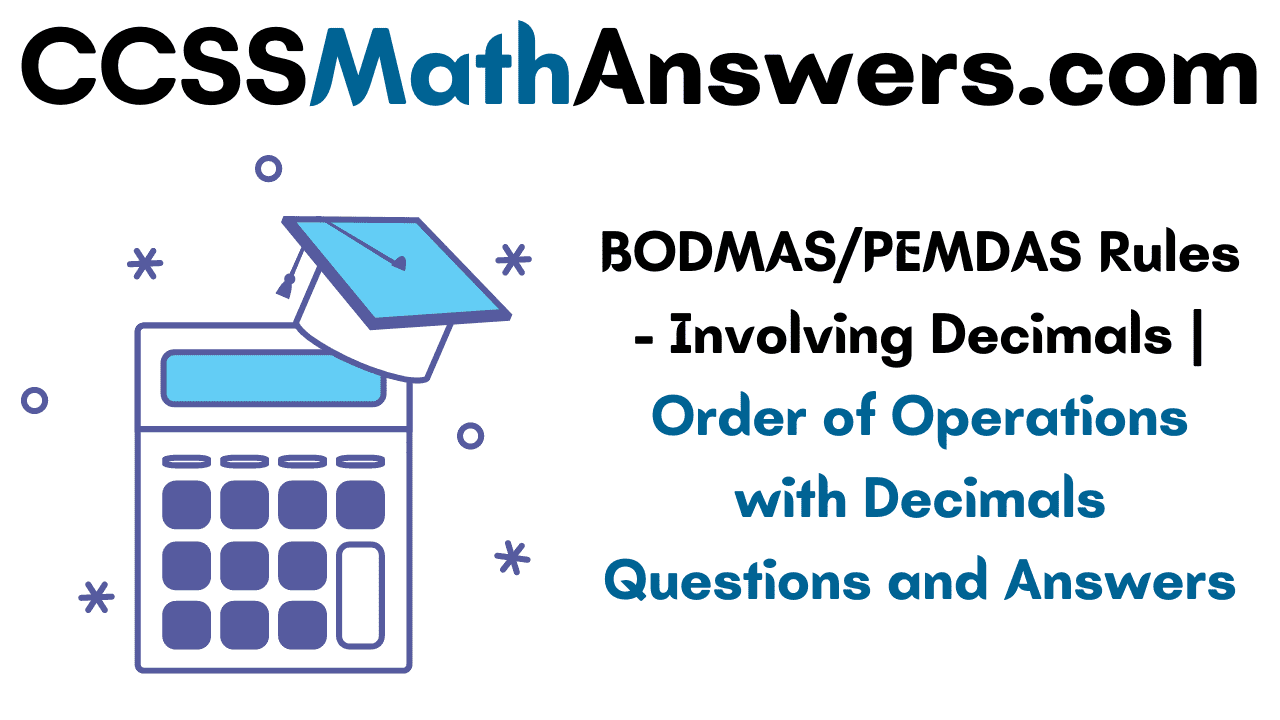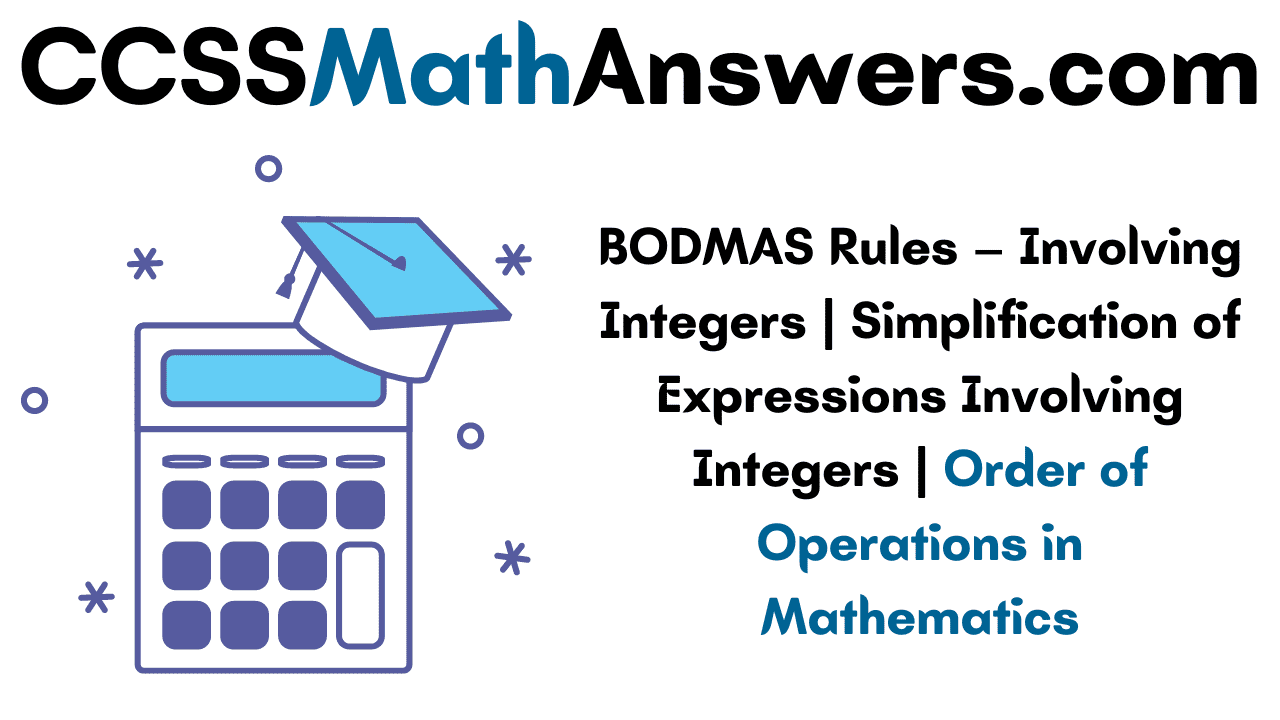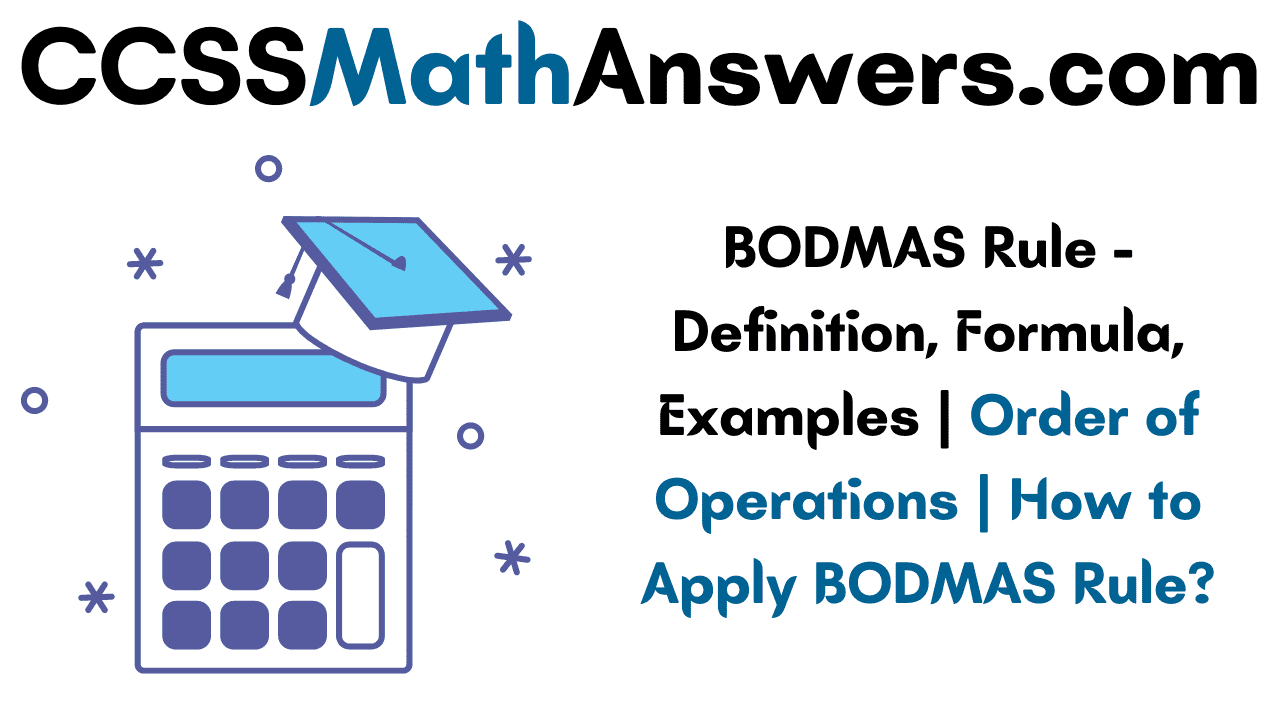Engage NY Eureka Math 4th Grade Module 7 Lesson 10 Answer Key
Eureka Math Grade 4 Module 7 Lesson 10 Problem Set Answer Key
Use RDW to solve the following problems.
Question 1.
Paula’s time swimming in the Ironman Triathlon was 1 hour 25 minutes. Her time biking was 5 hours longer than her swimming time. She ran for 4 hours 50 minutes. How long did it take her to complete all three parts of the race?
Answer:
Given that,
The time taken for swimming in the Iron man Triathlon = 1 hour 25 minutes
The time required for biking is 5 hours longer than her swimming
Which means,
1 hour + 5 hours = 6 hours 25 minutes
The time required for running = 4 hours 50 minutes
Total : 1 hour 25 minutes + 6 hours 25 minutes + 4 hours 50 minutes
= 12 hours 40 minutes
Therefore, Paula took 12 hours 40 minutes to complete her three parts of race.
Question 2.
Nolan put 7 gallons 3 quarts of gas into his car on Monday and twice as much on Saturday. What was the total amount of gas put into the car on both days?
Answer:
We know that, 1 gallon = 4 quarts
The amount of gas kept into the car on Monday = 7 gallons 3 quarts
Also, given on Saturday Nolan put twice more than Monday
Which means
3 x( 7 gallons 3 quarts )
= 21 gallons 9 quarts
It is also written as
23 gallons 1 quart
Therefore, the total amount of gas Nolan put in his car on both the days = 23 gallons 1 quart.
Question 3.
One pumpkin weighs 7 pounds 12 ounces. A second pumpkin weighs 10 pounds 4 ounces. A third pumpkin weighs 2 pounds 9 ounces more than the second pumpkin. What is the total weight of all three pumpkins?
Answer:
1 pound = 16 ounces
The weight of first pumpkin = 7 pounds 12 ounces
The weight of second pumpkin = 10 pounds 4 ounces
Given, the third one is 2 pounds 9 ounces more than the second pumpkin
Which means, 10 pounds 4 ounces + 2 pounds 9 ounces = 12 pounds 13 ounces
Total weight = 7 pounds 12 ounces + 10 pounds 4 ounces +12 pounds 13 ounces
= 29 pounds 29 ounces
It is also written as 30 pounds 13 ounces
Therefore, the total weight of 3 pumpkins = 30 pounds 13 ounces.
Question 4.
Mr. Lane is 6 feet 4 inches tall. His daughter, Mary, is 3 feet 8 inches shorter than her father. His son is 9 inches taller than Mary. How many inches taller is Mr. Lane than his son?
Answer:
Given that,
The height of Mr. lane = 6 feet 4 inches
The height of Mary is 3 feet 8 inches shorter than her father
Which means,
6 feet 4 inches – 3 feet 8 inches
= 2 feet 8 inches
Also given, his son 9 inches taller than Mary
2 feet 8 inches + 9 inches = 3 feet 5 inches
Now, 6 feet 4 inches – 3 feet 5 inches
= 2 feet 11 inches
2 feet = 24 inches
24 inches + 11 inches = 35 inches
Therefore, Mr. lane is 35 inches taller than his son.
Eureka Math Grade 4 Module 7 Lesson 10 Exit Ticket Answer Key
Use RDW to solve the following problem.
Hadley spent 1 hour and 20 minutes completing her math homework, 45 minutes completing her social studies homework, and 30 minutes studying her spelling words. How much time did Hadley spend on homework and studying?
Answer:
Given that,
The time taken to complete math homework = 1 hour 20 minutes
The time taken to complete her social studies = 45 minutes
The time taken to study her spelling words = 30 minutes
Total time = 1 hour 20 minutes + 45 minutes + 30 minutes
= 1 hour 95 minutes
It is also written as 2 hours 35 minutes
Therefore, Hadley spent 2 hours 35 minutes to complete his homework and studying.
Eureka Math Grade 4 Module 7 Lesson 10 Homework Answer Key
Use RDW to solve the following problems.
Question 1.
On Saturday, Jeff used 2 quarts 1 cup of water from a full gallon to replace some water that leaked from his fish tank. On Sunday, he used 3 pints of water from the same gallon. How much water was left in the gallon after Sunday?
Answer:
The amount of water Jeff used from a full gallon to replace some water that leaked from fish tank = 2 quarts 1 cup
The amount of water he use on Saturday from same gallon = 3 pints which means 6 cups
Total : 2 quarts 1 cup + 6 cups = 2 quarts 7 cups ( W e know that 4 cups = 1 quart)
It is also written as 3 quarts 3 cups
Now,
1 gallon – 3 quarts 3 cups = 1 cup
Therefore, the leftover amount of water = 1 cup.
Question 2.
To make punch, Julia poured 1 quart 3 cups of ginger ale into a bowl and then added twice as much fruit juice. How much punch did she make in all?
Answer:
Given that,
The amount of ginger Julia poured into a bowl =1 quart 3 cups
Also given the amount of fruit juice is twice
Which means, 2 quart 6 cups
Total : 1 quart 3 cups + 2 quart 6 cups = 3 quart 9 cups
9 cups = 2 quarts 1 cup
= 5 quart 1 cup
We know that 4 quart = 1 gallon
So, 1 gallon 1 quart 1 cup
Therefore, the amount of punch she made = 1 gallon 1 quart and 1 cup
Question 3.
Patti went swimming for 1 hour 15 minutes on Monday. On Tuesday, she swam twice as long as she swam on Monday. On Wednesday, she swam 50 minutes less than the time she swam on Tuesday. How much time did she spend swimming during that three-day period?
Answer:
Given,
The amount of time Patti swims on Monday = 1 hour 15 minutes
The amount of time She swims on Tuesday is twice as long as on Monday
Which means, 1 hour 15 minutes + 1 hour 15 minutes = 2 hours 30 minutes
The amount of time she swims on Wednesdays is 50 minutes less than the time she swim on Tuesday
Which means, 2 hours 30 minutes – 50 minutes = 1 hour 40 minutes
The total time she spend swimming during three day period =
1 hour 15 minutes + 2 hours 30 minutes + 1 hour 40 minutes
= 4 hours 85 minutes
It is also written as 5 hours 25 minutes
Therefore, she swam 5 hours 25 minutes
Question 4.
Myah is 4 feet 2 inches tall. Her sister, Ally, is 10 inches taller. Their little brother is half as tall as Ally. How tall is their little brother in feet and inches?
Answer:
Given Myah’s height is 4 feet 2 inches
Also, given Ally is 10 inches taller
So, 4 feet 2 inches + 10 = 5 feet
Their little brother is half as tall as Ally
Now,
5 feet / 2
Which means, 2 feet 6 inches
Therefore, the height of his little brother = 2 feet 6 inches
Question 5.
Rick and Laurie have three dogs. Diesel weighs 89 pounds 12 ounces. Ebony weighs 33 pounds 14 ounces less than Diesel. Luna is the smallest at 10 pounds 2 ounces. What is the combined weight of the three dogs in pounds and ounces?
Answer:
The weight of Diesel = 89 pounds 12 ounces
Also given, Ebony weighs 33 pounds 14 ounces less than diesel
89 pounds 12 ounces – 33 pounds 14 ounces
= 55 pounds 14 ounces
The weight of Luna is 10 pounds 2 ounces
Total weight = 89 pounds 12 ounces + 55 pounds 14 ounces + 10 pounds 2 ounces
= 155 pounds 12 ounces
Therefore, The combined weight = 155 pounds 12 ounces.
